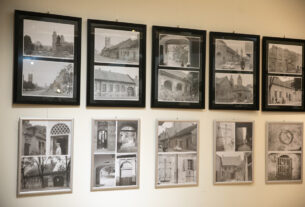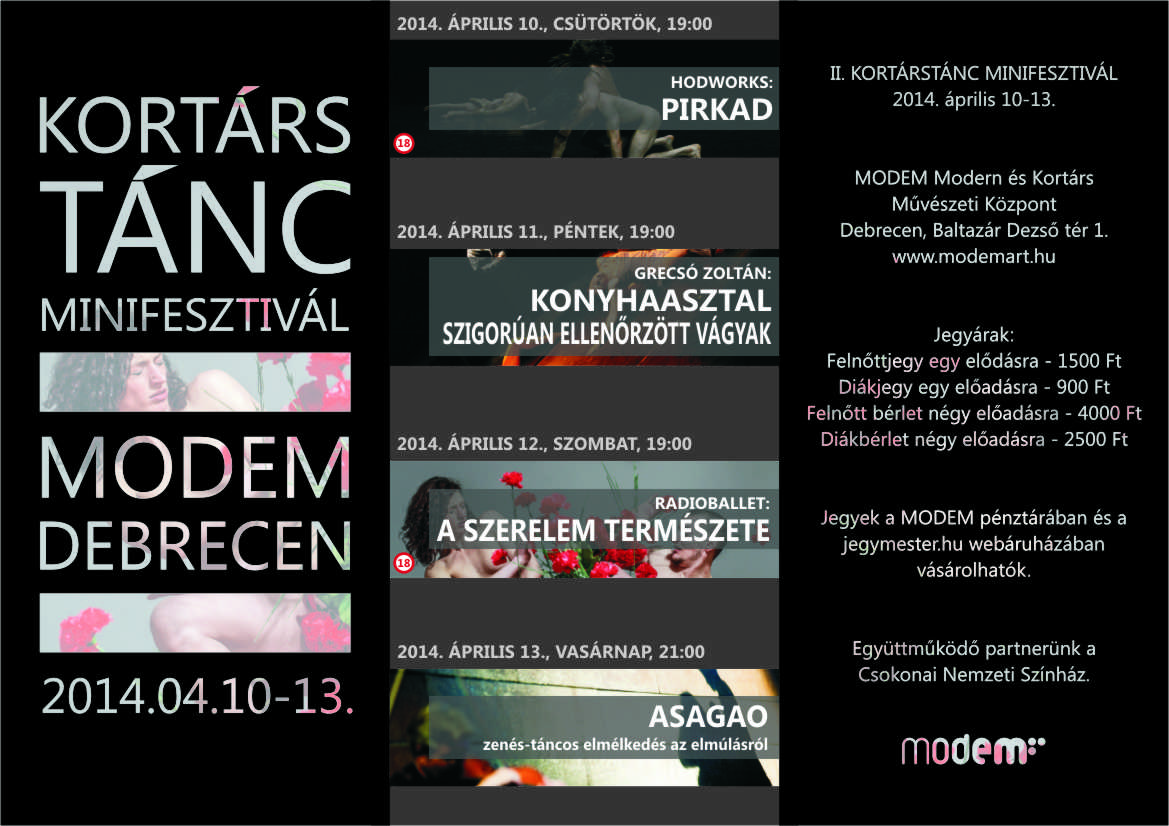11 May – 21 September 2014
The motto of the exhibition could be the slogan of a sight-seeing city tour calling locals: be tourist at home! By presenting a unique selection to the spectators, the exhibition shows chapters from the relation of the fine arts and one of the greatest region of the country and the ground of several stereotypes: the Great Hungarian Plain, the location of Debrecen also. The masterpieces that have never been seen together before tell stories about the plain painting, faith for tradition and progress. It is considered a rarity that a geographical region is so much accented in a fine arts discourse, even though -or for that reason- it is almost an “anti-landscape” by means of portrayal. The aim of the large-scale exhibition, including more than a hundred artworks, is dual: from one hand, it seeks the spiritual roots of the local culture and the traces of social changes through significant works of Hungarian fine arts, but from the other hand, it questions the spectator’s personal relation to the land. The exhibition invites the visitors for a walk and adventure in the Great Plain as a cultural space.
The first section of the exhibition presents the Great Plain as a symbol – the era when the region became the space of the national identity and a desired idyllic world. “The Puszta”, the emblematic work of Károly Markó from 1853 may be seen in this section, along with several significant artwork of the great painting figures from the 19th Century, such as Miklós Barabás, Antal Ligeti, Mór Than, Károly Lotz, Mihály Munkácsy and László Mednyánszky. A seperate room was built for the painting of Tivadar Csontváry Kosztka, “Storm on the Hortobágy”, that was inspired by the scientific lecture on Hortobágy, illustrated with the photos of György Haranghy. The visitors may see the painting with the early photo masterpieces exhibited together for the first time in MODEM.
In the second section, the symbolic land is followed by the concrete land that inspired oeuvres. The represented artists, János Tornyai, Béla Endre, József Koszta, László Holló, István Nagy and Menyhért Tóth for instance, after finishing their studies in academies in the capital and abroad, they all chose rural environment as their habitat that formed their unique style. The works of Adolf Fényes also tell about the relationship of man and environment, and so do the paintings of Tibor Boromisza and Miklós Káplár, who both moved to the plains of Hortobágy.
The third section selects from the works of the “plain painters”, connected to Hódmezővásárhely after 1945, such as István Kurucz D., György Kohán, József Németh and Ferenc Szalay. May the image of the land and the life of its habitants go through drastic changes -the traditional peasant way of life came to its end due to the agricultural co-operatives- the works of lowland painters, instead of socialist development, rather shows nostalgia for the lost era and sympathy for the peasantry.
A specialty of the exhibition is that besides the emblematic paintings, the visitors may see films also. The first Hungarian art-film was inspired by the puszta, in which strangely not the actors or the script got the primary role but the beauty of the land (Georg Höllering: Hortobágy, 1936). The work of the Austrian director, such as the land of puszta, got into the sight of the filmmakers from the 60s once again. In the films of the young generation of that period, Miklós Jancsó and György Szomjas, the Great Plain serves as a costume for the local western movie where the outlaw, lonely hero, in loose trousers and embroidered cloak, fights the eternal battle between good and bad, individual and power, and the ancient order and rapidly changing present. Thus, motion picture turns back to the mythic world of the 19th Century Great Plain, so that through it, film can speak about the problems of current politics. The curiosity is that parallel to the exhibition, the new movie of Szabolcs Hajdú is being produced; “Mirage” is a film about a slave-colony in Hortobágy that reaches back to the western movie genre. The show is closed by the still photos of Lenke Szilágyi, taken at the shooting.
List of the artists: Gyula Béla Almási, Miklós Barabás, Jenő Barcsay, Sándor Bihari, József Bikessy-Heinbucher, Tibor Boromisza, Tivadar Csontváry Kosztka, Lajos Deák-Ébner, Béla Endre, Péter Erdős, Csaba Fejér, Adolf Fényes, Erzsébet Fülöp, György Haranghy, Ferenc Hézső, László Holló, Georg Höllering, Miklós Izsó, Béla K. Spányi, Miklós Káplár, György Kohán, József Koszta, Mári Kovács, István Kurucz D., Antal Ligeti, Károly Lotz, Zoltán Maghy, Károly Markó, László Mednyánszky, Mihály Munkácsy, István Nagy, József Németh, Soma Orlai Petrich, August von Pettenkofen, Gyula Rudnay, Károly Sterio, Ferenc Szalay, Lenke Szilágyi, János Szurcsik, Mór Than, János Tornyai, Menyhért Tóth, János Zahoray.
modemart.hu



















